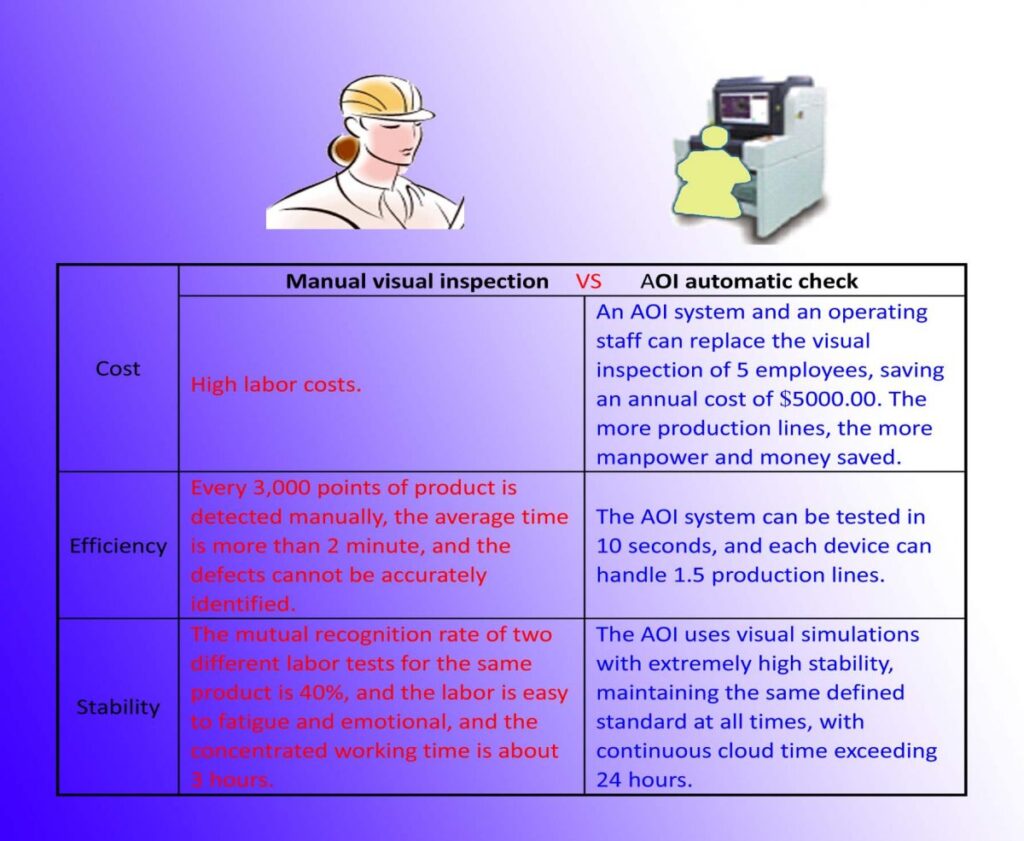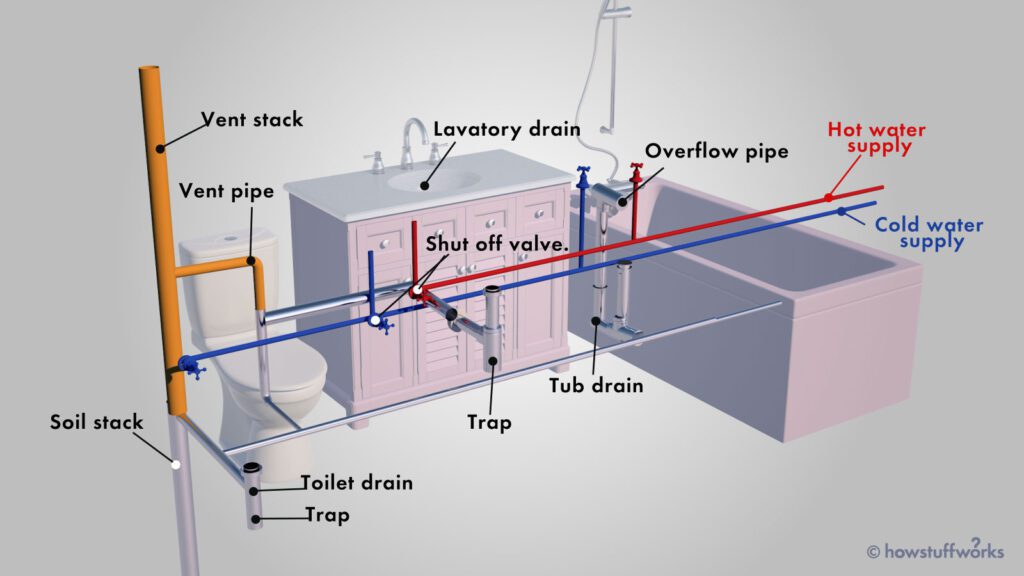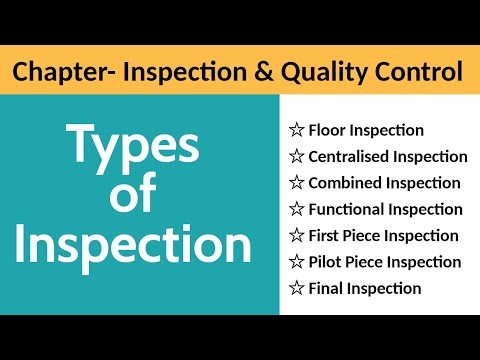In the world of quality control and assessment, inspection plays a crucial role. However, it’s important to examine both sides of the coin. While inspection undoubtedly has its merits, it’s equally essential to understand its drawbacks. So, let’s explore the potential disadvantages of inspection and gain a comprehensive understanding of its impact on various industries and processes.
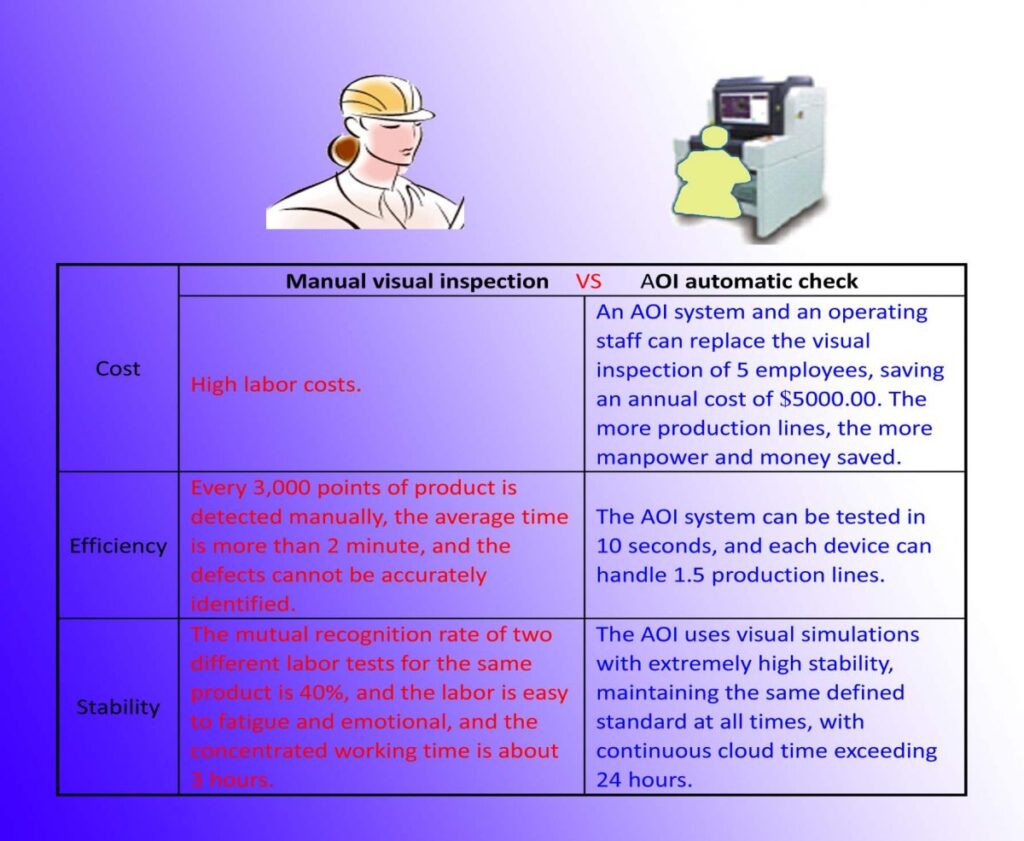

1. Time-consuming
1.1 Lack of efficiency
Inspection processes can often be time-consuming due to the manual nature of the task. When conducting inspections, you are required to thoroughly examine each and every component, which can be a time-consuming process, especially in large-scale production settings. This can result in a significant amount of time being dedicated solely to the inspection process, potentially leading to delays in production timelines.
1.2 Increased production time
Furthermore, inspections can also lead to increased overall production time. The time spent on inspecting and reworking defective products can potentially slow down the production process, causing delays in meeting deadlines and fulfilling customer orders. This can ultimately have a negative impact on the efficiency and productivity of your operations.
2. Costly
2.1 Expenses of equipment and training
Implementing a comprehensive inspection process often involves significant costs associated with purchasing inspection equipment and providing training for personnel. The initial investment for high-quality inspection tools and machinery can be substantial, which may pose financial challenges for businesses, especially small and medium-sized enterprises. Additionally, specialized training is often required to ensure that inspectors have the necessary skills and knowledge to effectively identify defects, which can further add to the costs.
2.2 Stalled production
In cases where inspection uncovers defects or issues, production may come to a halt to address and rectify these problems. This can result in additional costs due to the loss of production time, idle machinery, and labor costs associated with reworking or repairing defective products. The need to halt production can disrupt workflow and impact overall operational efficiency, as the focus shifts from continuous production to resolving identified issues.
2.3 Potential for rework
Inspection may reveal defective products that require rework or repairs. This can lead to significant costs associated with additional labor, materials, and time required to rectify the defects. The need for rework can also increase the risk of introducing further errors or defects during the repair process, potentially leading to additional expenses and delays. The possibility of rework is an inherent disadvantage of inspection that businesses need to consider.


3. Limited scope
3.1 Not all defects are detectable
One of the main disadvantages of inspection is that not all defects may be detectable through visual inspections alone. Some defects, such as microfractures or latent defects, may remain unnoticed during the inspection process. This limitation poses a risk as undetected defects can lead to product failures or malfunctions, which can have severe consequences in certain industries, such as aerospace or medical devices.
3.2 Inability to assess functional aspects
Inspection processes primarily focus on evaluating the physical appearance and dimensional accuracy of products. While this is an important aspect of quality control, it does not provide a comprehensive assessment of the functional aspects of a product. Functional defects, such as performance issues or reliability problems, may go undetected through traditional inspection methods, ultimately impacting the overall quality and usability of the product.
3.3 Reliance on sample sizes
Inspection processes often rely on sampling techniques to assess the quality of a batch or lot of products. While sampling can be an effective way to evaluate the overall quality, it is important to recognize its limitations. The inspection of a sampled portion may not capture all the defects present in the entire production batch, leading to potential inconsistencies in quality control. Reliance on sample sizes increases the risk of defective products reaching customers, which can have detrimental effects on customer satisfaction and brand reputation.
4. Human error
4.1 Fatigue and boredom
Inspecting products for extended periods of time can lead to human error due to factors such as fatigue and boredom. When performing repetitive tasks, inspectors may become less attentive and more prone to overlooking defects or making mistakes in their assessments. This can compromise the accuracy and reliability of the inspection process, potentially resulting in the release of defective products.
4.2 Subjectivity and bias
Another challenge associated with human inspectors is the subjective nature of their assessments. Different inspectors may have varying opinions or criteria for determining the acceptability of a product’s quality. This subjectivity can introduce inconsistencies in inspection results, leading to discrepancies in determining the presence or absence of defects. Additionally, human inspectors may also be influenced by personal biases or preferences, further impacting the objectivity of the inspection process.


5. Inadequate inspection techniques
5.1 Inability to detect hidden defects
Many defects, especially those that are internal or hidden, may not be easily detectable through traditional inspection techniques. Surface inspections, for instance, cannot identify defects that are present within the structure or components of a product. This limitation increases the risk of defective products passing through the inspection process and reaching customers, potentially leading to product recalls, customer dissatisfaction, and brand damage.
5.2 Limited precision in measurement
Accuracy and precision play a crucial role in inspection processes. However, certain inspection techniques may have inherent limitations in terms of measurement precision. This can impact the ability to identify minor defects or deviations from the required specifications. In industries where precise measurements are critical, such as aerospace or automotive manufacturing, the limitations of inspection techniques can pose significant risks to product quality and safety.
6. False sense of security
6.1 Assumption of perfection
One drawback of relying solely on inspection processes is the possibility of assuming that inspected products are flawless and meet all quality criteria. This assumption can create a false sense of security, leading to a complacent attitude towards continuous improvement and quality control efforts. Over-reliance on inspection can neglect the need for preventive measures and proactive quality management, potentially compromising overall product quality.
6.2 False validation of quality
Inspection alone cannot guarantee the overall quality of a product. While it may identify visible defects, it does not provide an exhaustive assessment of various quality attributes. Relying solely on inspection to validate the quality of products can result in an incomplete understanding of their performance, reliability, and durability. This can be particularly risky in industries where safety and reliability are paramount, as undetected quality issues can have severe consequences.
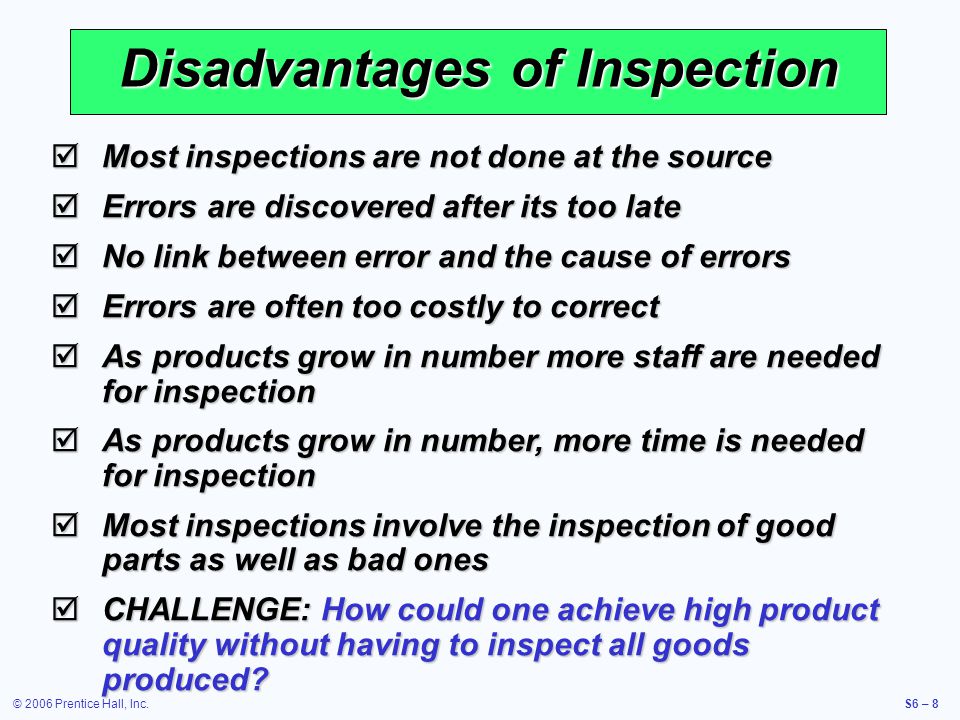

7. Disruption to workflow
7.1 Interruption of production lines
Inspecting products often involves removing them from the production line, leading to interruptions in the workflow. This interruption can cause delays in the delivery of products and impact overall production efficiency. The need to pause production during inspections can also result in idle machinery and increased labor costs, further exacerbating the negative impact on operational productivity.
7.2 Reduced employee morale
The repetitive nature of inspection tasks can lead to decreased employee morale and job satisfaction. Inspectors may feel that their work is monotonous and unchallenging, potentially leading to decreased motivation and engagement. This can result in a negative workplace environment and a decline in overall productivity and quality control efforts.
7.3 Transition difficulties
Implementing inspection processes can also bring about transition difficulties within an organization. Resistance to change and the need to train employees on new inspection procedures can disrupt existing workflows and create a learning curve for personnel. Adapting to the new inspection methods and integrating them into existing processes may require additional time and effort, further impacting productivity and efficiency.
8. Delayed problem identification
8.1 Detection after assembly
In certain manufacturing processes, products may require multiple stages of assembly before inspection can take place. This presents a challenge as defects that arise during assembly may go unnoticed until the final inspection. The detection of defects at a later stage in the production process can result in significant costs associated with disassembly, rework, and may cause delays in meeting delivery deadlines.
8.2 Difficult diagnosis of root cause
Identifying the root cause of defects discovered during inspection can be a complex and challenging task. Inspectors may be able to identify and categorize defects, but determining the underlying factors that led to the defects can require additional investigation and analysis. The difficulty in diagnosing the root cause can extend the time required for corrective actions and impede efforts to prevent future occurrences of similar defects.


9. Lack of customer satisfaction
9.1 Possibility of defective products reaching customers
Despite the best efforts of inspection processes, there is always a chance that some defective products may still reach customers. The limitations of inspections, such as the inability to detect hidden defects or functional aspects, increase the risk of substandard products making their way to the market. This can result in customer dissatisfaction, product returns, and potential damage to the reputation of the brand.
9.2 Negative impact on brand reputation
The release of defective products into the market can have severe implications for a brand’s reputation. In today’s interconnected world, dissatisfied customers can swiftly share their negative experiences online, leading to a tarnished brand image and a loss of consumer trust. Negative reviews and publicity stemming from the receipt of faulty products can significantly impact the long-term success and competitiveness of a business.
10. Inflexibility and rigidity
10.1 Difficulty in adapting to changes
Inspection processes can be rigid and inflexible, making it challenging to adapt to changes in product designs or manufacturing technologies. The need to modify inspection protocols, equipment, or training can be time-consuming and costly. This lack of adaptability can hinder innovation and slow down the introduction of new products or modifications to existing ones.
10.2 Inability to accommodate customization
When manufacturing customized or highly specialized products, inspection processes may struggle to effectively assess the unique quality requirements of each individual product. Customization often involves deviations from standardized processes and specifications, making it challenging for traditional inspection methods to adequately evaluate the quality of these products. This limitation can be a significant disadvantage for industries that rely heavily on customization, such as high-end consumer goods or precision engineering.
In conclusion, while inspections serve as a crucial quality control measure in many industries, it is essential to be aware of their limitations and disadvantages. The time-consuming and costly nature of inspections, coupled with their limited scope and the potential for human error, can hinder the efficiency and productivity of manufacturing processes. The inadequate detection of hidden defects and the false sense of security that inspections can provide further elevate risks to product quality and customer satisfaction. Moreover, inspections may disrupt workflow, delay problem identification, and pose challenges in adapting to changes and accommodating customization. Being aware of these disadvantages can enable businesses to develop more comprehensive quality control strategies and explore alternative approaches to ensure the production of high-quality products that meet customer expectations.

